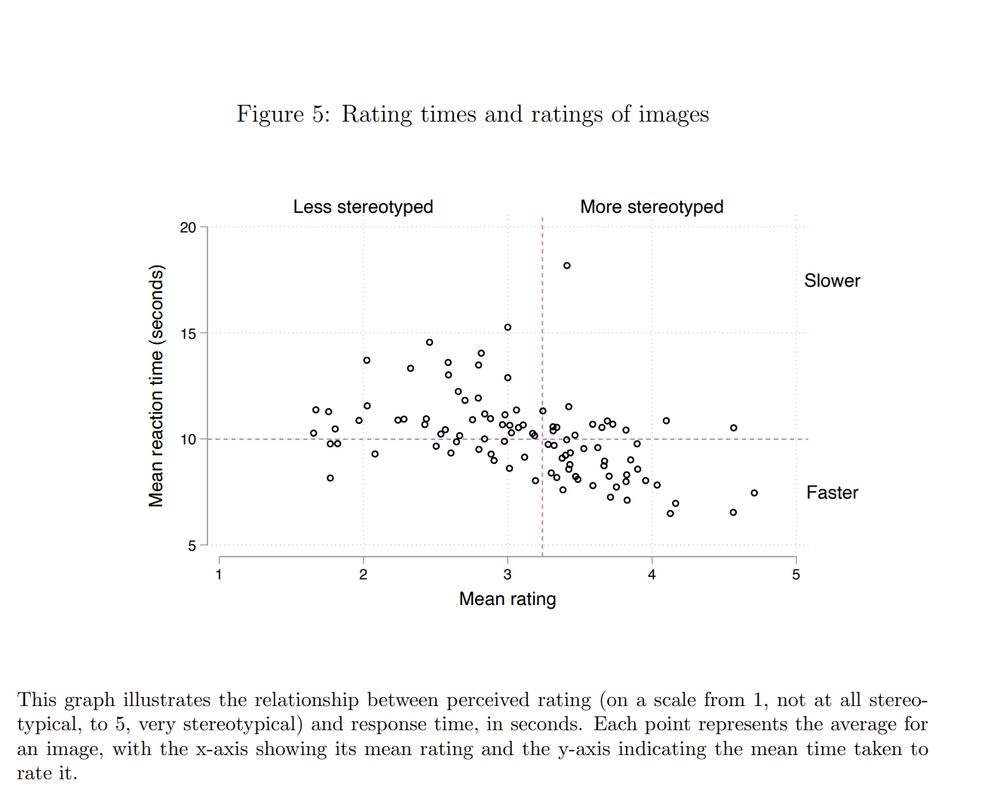





And great to see so many friends and colleagues! @pietrobiroli.bsky.social

And great to see so many friends and colleagues! @pietrobiroli.bsky.social

Stereotype detection matters in hiring, policing, healthcare, media representation, and more.
A version of the SIT could be adapted to assess bias recognition in other fields, helping tackle disparities in decision-making.

Stereotype detection matters in hiring, policing, healthcare, media representation, and more.
A version of the SIT could be adapted to assess bias recognition in other fields, helping tackle disparities in decision-making.
✅ Teachers vary significantly in their ability to recognize stereotypes.
✅ Stereotype recognition is linked to trainable traits like implicit bias awareness.
✅ A simple feedback intervention improves teachers’ recognition by 0.25 SD!

✅ Teachers vary significantly in their ability to recognize stereotypes.
✅ Stereotype recognition is linked to trainable traits like implicit bias awareness.
✅ A simple feedback intervention improves teachers’ recognition by 0.25 SD!
Teachers rate images from school textbooks based on how stereotypical they perceive them to be.
We link their ratings to measures of implicit bias (IAT), explicit bias (survey responses), and inclusive teaching practices.

Teachers rate images from school textbooks based on how stereotypical they perceive them to be.
We link their ratings to measures of implicit bias (IAT), explicit bias (survey responses), and inclusive teaching practices.
Biases—implicit or explicit—can affect teacher expectations, student confidence, and long-term outcomes. But how well do teachers detect stereotypes in their environment?
We propose the Stereotype Identification Test (SIT) to measure this skill.

Biases—implicit or explicit—can affect teacher expectations, student confidence, and long-term outcomes. But how well do teachers detect stereotypes in their environment?
We propose the Stereotype Identification Test (SIT) to measure this skill.




